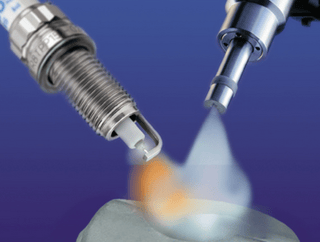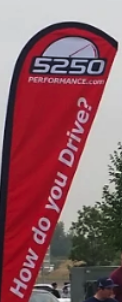 When it comes to tuning your car, you have three options. Dyno tunes, road tunes, and e-tunes.
When it comes to tuning your car, you have three options. Dyno tunes, road tunes, and e-tunes.
Most people are familiar with dyno and road tuning, but e-tuning is fairly new to the scene. Here we dig deeper for you on e-tuning
Sometime around 2005, the open source tuning community was at its peak. The mainstream tuning options were not that great and many people were turning to the open source scene. All you needed was a OBDII to USB cable and some open source tuning software that was easily found for free on the internet. The idea is similar to software like Linux. The community works on the software to make it better for everyone to use.
As this open source tuning software got better and better, it soon surpassed the capabilities of the commercial options on the market. Many people, including myself at the time, switched from commercial options to open source.
Because anyone could tune, a new breed of tuner arose. These were people that started on their own car. They learned through trial and error, as well as studying tuning information found online.
These amateur tuners offered to look at logs of other peoples cars and began offering tuning advice. As their confidence grew, they started charging for their advice and the E-tuner was born.
An E-tuner is a tuner that never physically interacts with the motor they are working with. They give the vehicle operator a set of parameters, such as RPM, Manifold Pressure, Injector Duty Cycle, Oxygen Sensor reading, etc.
The operator uses a computer or other logging device to record these parameters as the car is driven in a manner requested by the E-tuner. The tuner may ask for several full throttle pulls in different gears or for steady light throttle driving. The vehicle operator then e-mails a copy of the logs to the E-tuner.
The E-tuner makes revisions to the ECU programing and e-mails a copy to the vehicle operator who flashes the new programing to the vehicle and they start the cycle over. This continues until the tuner is satisfied with the results.
There are a few inherent faults with e-tuning:
- The first is shared with road tuning and that is that the vehicle has to be operated on the road. There is traffic, road conditions, weather, and the authorities to deal with.
- The second major fault is that the tuner is relying on the vehicles built in sensors to accurately measure all the parameters. Some of these sensors are not accurate enough to be used for tuning. The Oxygen Sensor being a primary example.
- The third fault is also shared with road tuning which is timing advance cannot be accurately set without a dyno.
![]() The E-tuner or road tuner will often have to sacrifice optimal timing advance in the interest of safety. While this may be an easy way to improve your vehicle performance improvements, there is a difference.
The E-tuner or road tuner will often have to sacrifice optimal timing advance in the interest of safety. While this may be an easy way to improve your vehicle performance improvements, there is a difference.
The difference here between the e-tune and a dyno tune is in the objective data that is relevant to your specific vehicle.
A dyno tune session starts with the theory that when we get your car operating at maximum power in a controlled environment (thus gaining valuable knowledge), the programmer would update your air-fuel ratios among other settings to safely unlock more power, you can’t do that with an e-tune.



